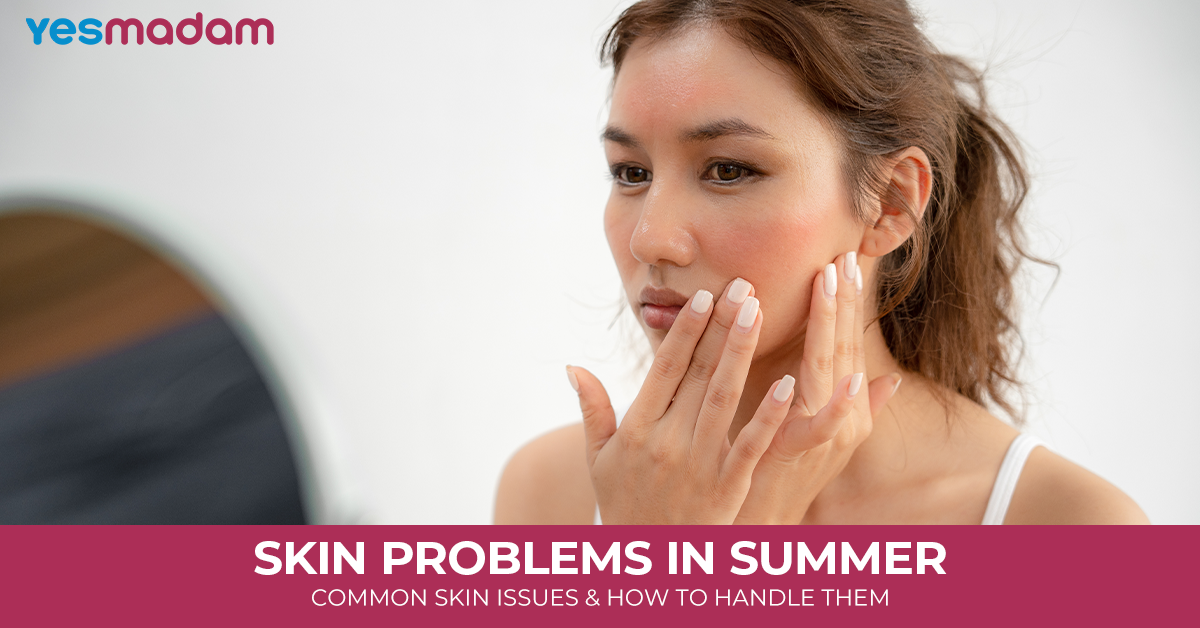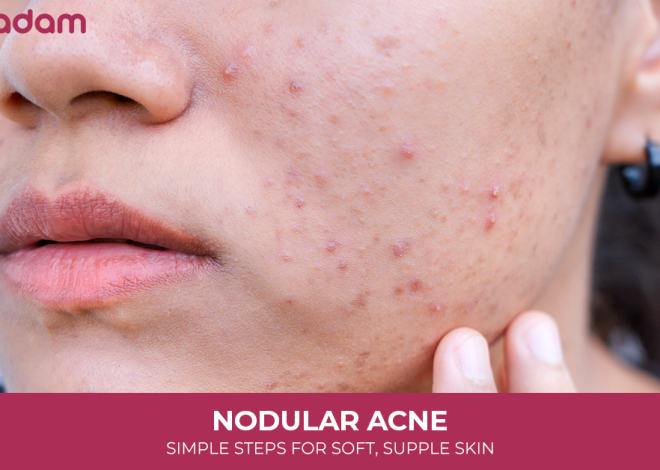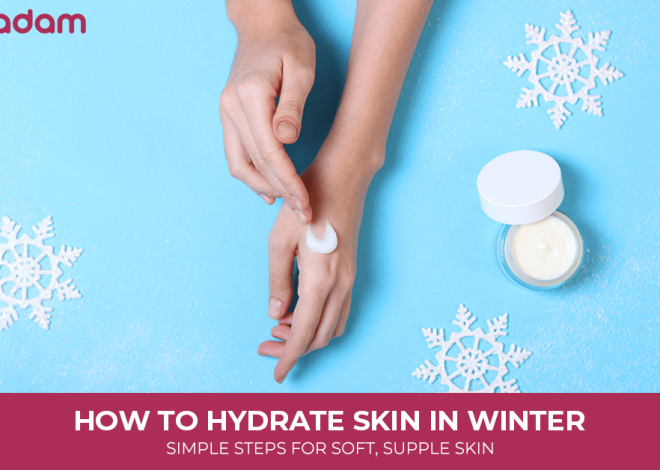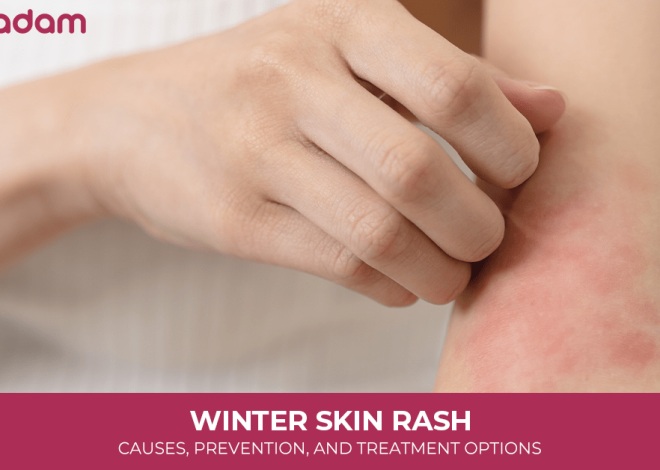
Skin Problems in Summer: Common Skin Issues and How to Handle Them
The summer season has knocked on the door, and so are the accompanying skin problems like allergies, sunburns, heat rashes, acne breakouts, dryness, and the list goes on.
These skin issues are a result of high temperature and humidity. This blog on skin problems in summer will help you delve deeper into these everyday summer skin issues and provide effective tips and tricks to prevent and manage them.
Table of Contents
10 Types of Summer Skin Problems and Their Solutions
Here is a compilation of 10 summer skin conditions that many Indians have to face in summer and their solutions :

Sun burn
This is one of the most common skin problems in summer. It occurs as a result of excessive exposure to the sun’s ultraviolet radiation. Inflamed, red, and peeling skin are some of its symptoms.
To stay away from sunburns, apply sunscreen with at least SPF 30. Stay hydrated by drinking plenty of water. Avoid sun exposure during peak time. Apply aloe vera gel for a soothing and healing effect on the skin.

Heat rash
Heat rash (prickly heat) is the most common symptom of summer skin issues. It mainly occurs due to blocked sweat glands and ducts. This causes a prickling sensation and red, raised bumps on the skin.
To combat it, wear lightweight, breathable fabrics made of cotton. Use air conditioning, fans, and opt for cool showers to reduce body temperature. To reduce itching and irritation , apply calamine-based lotion to affected parts. Apply lightweight, watery moisturizer to unclog pores.

Acne breakouts
The deadly combination of heat, sweat, and excessive oil production is the main cause of acne breakouts in summer. A proper skincare routine that includes washing your face two times a day to eliminate excess oil and dirt will help combat and prevent acne. Non-comedogenic makeup and skincare products unclog pores and remove dead skin cells. Think about spot treatments using salicylic acid to stop breakouts.

Hyperpigmentation
Hyperpigmentation, appearing as dark spots or patches on the skin, occurs due to an excess of melanin production, as a result of sun exposure is a common summer skin issue. Regular use of sunscreen is effective in combating hyperpigmentation. A vitamin C-enriched serum tends to lighten dark spots and even out skin tone.
Don’t touch your skin often to prevent worsening the condition. If the problem refuses to fade, avail professional advice for undergoing treatments like laser therapy and carbon peels.

Dehydrated Skin
The problem of skin dryness in summer is a common issue that occurs due to too much sweat and excessive air conditioning exposure. To maintain hydration, apply hyaluronic acid-based serums and lightweight moisturizers. Moreover, drink at least 8 glasses of water a day and take lukewarm showers to retain natural oils in your skin. Don’t forget to carry a hydrating facial mist for a quick refresh all day long.

Sun Allergies
Photosensitivity and sun allergies are among the most prominent skin problems in summer. The potential symptoms include red, itchy rashes and hives. To combat this summer skin issue, wear sunglasses, long-sleeved clothes, and wide-brimmed hats. Apply natural remedies like cool cucumber and chamomile compresses for soothing irritated skin. Also, apply a paste of chilled coconut water and tomato pulp to soothe sunburns and photosensitivity.

Fungal Infections
Fungal infections like athlete’s foot or ringworm occur mostly during the summer monsoons and humid weather. The proven method is to completely dry yourself after sweating or swimming. Apply antifungal powder in sweat-prone parts. Buy open-toed shoes or breathable ones. To avoid infections, do not share your socks, shoes, or towels.

Insect bites
Mosquitoes and other bugs stay more active during summer than in other seasons and thus, cause a lot of bites and rashes. These bites, in turn, lead to swelling and itching, and at times , extremely irritating and itchy rashes. For best prevention, use insect repellants on exposed skin and clothes. Wear full-sleeved clothes and pants while going outdoors. Massage lavender oil or tea tree oil on bites to prevent itching.

Chlorine Irritation
Most people go on vacation and spend hours in swimming pools during the summer. Swimming in chlorinated pools makes the skin lose its natural oils, causing dryness and irritation. As a preventive measure, rinse off immediately after swimming by showering. After that, massage gently a creamy moisturizer to replenish lost moisture. Don’t forget to use a barrier cream before you swim.

Oily Skin
Rise in heat and humidity during summer causes overproduction of sebum, leading to oily skin. This is one of the most common skin problems in summer, and to prevent this, use oil-free and mattifying skincare products. Wipe your face using blotting papers to get rid of excess oil all day long. Consume a balanced diet with lots of vegetables and fruits to control oil production. Apply a clay mask once a week to absorb excess oil.
Other Skin Problems In Summer You Can Prevent
- Infection due to a manicure and pedicure: Give priority to hygiene, to prevent infections from manicures and pedicures especially during summer months.
- Melasma: Apply make-up and use a broad-spectrum SPF 30 sunscreen for best results.
- Folliculitis: It occurs mainly due to tight clothing, which compresses the hair follicles, helping the infectious bacteria to grow. Thus, wear loose clothing in summer.
Dry Skin in Summer
To combat dry skin, it’s important to stay hydrated by drinking plenty of water, using gentle skincare products, and applying moisturizing lotions.
Causes of Dry Skin in Summer:
Sun Exposure:Prolonged sun exposure can damage the skin and strip it of its natural oils, leading to dryness and flakiness.
Heat and Sweat: High temperatures cause the body to sweat, which can lead to dehydration and dry skin.
Air Conditioning: Air conditioning can also dry out the skin by removing moisture from the air and affecting the skin’s natural barrier.
Swimming Pool Chemicals: Chlorine in swimming pools can irritate the skin and further contribute to dryness.
Tips to Prevent and Treat Dry Skin in Summer:
Stay Hydrated: Drink plenty of water throughout the day to keep your body and skin hydrated.
Use a Humidifier: Adding moisture to the air with a humidifier can help to combat the effects of air conditioning and dry heat.
Protect Your Skin from the Sun: Wear sunscreen, hats, and long sleeves when outdoors to protect your skin from UV damage.
Use Gentle Skincare Products: Avoid harsh soaps and cleansers that can strip the skin of its natural oils.
Moisturize Regularly: Apply a moisturizer, especially after showering, to lock in moisture and prevent dryness.
Take Lukewarm Showers: Avoid hot showers, which can strip your skin of its natural oils.
Eat Hydrating Foods: Incorporate hydrating foods like cucumbers, watermelon, and celery into your diet.

Skin Problems in Summer By Skin Types and Their Solutions
| Skin Type | Common Summer Skin Problems | Solutions |
| Oily skin | Overproduction of sebum Breakouts Enlarged pores |
Apply oil-free, gel-based products. Deep cleanse 2 times a day. |
| Dry Skin | Dehydration flaky patches Sun burns |
Hydrating cleansers and rich moisturizers. Hyaluronic acid serums SPF sunscreen with moisturizing ingredients. |
| Combination Skin | Uneven texture Oily T-zone, dry cheeks |
Dual action skincare, (lightweight for t-zone, rich for dry areas ) Exfoliate 2 times a week. Spot treat as required. |
| Sensitive Skin | Redness Rashes or irritation |
Use gentle, fragrance-free products Apply mineral sunscreen |
| Acne-prone Skin | Increased breakouts Clogged pores |
Apply salicylic acid or benzoyl peroxide Double cleansing at night Lightweight, non-comedogenic SPF. Spot treatments. |
Conclusion
Stay well prepared this summer by implementing the aforementioned solutions for skin problems in summer. While these aforementioned summer skin problems can dampen your summer fun, they are not that serious. Most of these fade away in a few days or a few weeks. If a rash or similar summer skin issues lingers for long or worsens over time, it is best to consult a dermatologist.
FAQs
How do I prevent skin problems in summer?
Apply a waterproof, broad-spectrum sunscreen, wear sun-protective clothing , and stay indoors during peak sun hours.
What are the skin problems in summer?
Rashes, sun burns, acne breakouts, fungal infections, etc, are some of the common skin issues in summer .
What works best for skin dryness in summer?
Staying hydrated by drinking plenty of water, using sunscreen, and moisturizing regularly works best to prevent skin dryness in summer.
What skin care is best for summer skin problems ?
A combination of sun protection, hydration, and gentle cleansing is best to produce desired results during summer.
Which cream is best for preventing skin problems in summer?
A lightweight, non-comedogenic moisturizer with SPF is a great choice to help with skin issues during summer.
Why does my skin remain dry even during summer?
Increased sweat and heat-related dehydration, prolonged sun exposure, and low humidity from air conditioning contribute to making skin dry during summer.
What is the most common cause of skin problems in summer?
Sunburn is the most common cause and source of most other skin issues in summer, like acne breakouts and heat rash.
What are the kinds of skin infections in summer?
Heat rash, contact dermatitis, swimmers’ itch, insect bites, and stings are some of the main fungal infections in summer.
What is the reason behind a skin rash in summer?
Summer skin rashes result from excess heat and humidity, which cause heat rash (prickly heat) due to clogged sweat ducts.
What is a rare summer skin condition?
A rare summer skin problem is photodermatitis, meaning it occurs due to an abnormal reaction to sunlight. It appears as itchy, small papules on sun-exposed parts of the skin.



